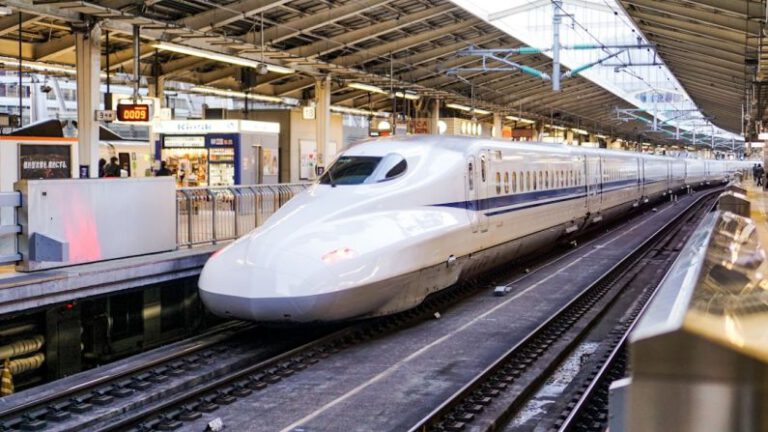Steel Serpents: the Construction Saga of the Trans-siberian Railway
Stretching over 5,700 miles from Moscow to Vladivostok, the Trans-Siberian Railway is not just a transportation artery but a symbol of ingenuity, perseverance, and ambition. The construction of this monumental railway line, which began in the late 19th century, was a feat that tested the limits of human engineering and endurance. The story of the Trans-Siberian Railway is a saga of steel serpents conquering the vast expanse of Siberia, connecting Russia from west to east like never before.
The Vision and the Challenge
The idea of a railway connecting the European part of Russia to its far eastern regions was first proposed in the 19th century as a means to facilitate trade and strengthen the country’s infrastructure. However, the sheer scale of the project presented a formidable challenge. The rugged terrain, harsh climate, and vast distances that had to be traversed posed significant obstacles to the construction of the railway. Nevertheless, the visionaries behind the project were undeterred and set out to conquer the wild expanses of Siberia with steel and sweat.
Engineering Marvels Along the Way
To overcome the natural barriers of the Siberian landscape, engineers had to devise innovative solutions and employ cutting-edge technology. One of the most remarkable engineering feats of the Trans-Siberian Railway is the construction of the Circum-Baikal Railway section near Lake Baikal. This part of the line required the construction of numerous tunnels, bridges, and viaducts to navigate the rugged terrain and steep cliffs surrounding the world’s deepest freshwater lake. The ingenuity and skill of the engineers who designed and built this section of the railway are a testament to human creativity and determination.
The Human Cost
The construction of the Trans-Siberian Railway was not without its human toll. Thousands of laborers, many of them prisoners or forced laborers, toiled under harsh conditions to lay the tracks and build the infrastructure necessary for the railway to function. The extreme weather conditions, lack of proper equipment, and grueling work schedule took a heavy toll on the workers, leading to numerous injuries and fatalities. The sacrifices made by these men and women, often forgotten in the annals of history, were essential in turning the dream of the Trans-Siberian Railway into a reality.
Connecting the East and the West
When the Trans-Siberian Railway was finally completed in 1916, it represented a triumph of human ambition and engineering prowess. The railway not only facilitated trade and transportation across the vast expanse of Siberia but also played a crucial role in shaping the economic and social landscape of Russia. Goods, people, and ideas could now travel freely between the European part of the country and its far eastern regions, fostering cultural exchange and economic development along the way. The completion of the Trans-Siberian Railway marked a new chapter in Russia’s history, symbolizing its growth and progress as a nation.
Legacy and Impact
Today, the Trans-Siberian Railway stands as a testament to the indomitable spirit of human enterprise and the power of vision and determination. It continues to serve as a vital artery of transportation, connecting Russia’s vast territories and bringing people together across the country. The legacy of the Trans-Siberian Railway is one of perseverance, innovation, and unity, reminding us of the incredible feats that can be accomplished when people come together to overcome challenges and realize their dreams.
In conclusion, the construction saga of the Trans-Siberian Railway is a story of ambition, ingenuity, and sacrifice. From the visionary planners who conceived of the project to the laborers who toiled to bring it to fruition, the railway stands as a testament to the human capacity for overcoming obstacles and achieving the seemingly impossible. The steel serpents that traverse the vast expanse of Siberia are not just symbols of progress but reminders of the enduring legacy of those who dared to dream big and build even bigger.






